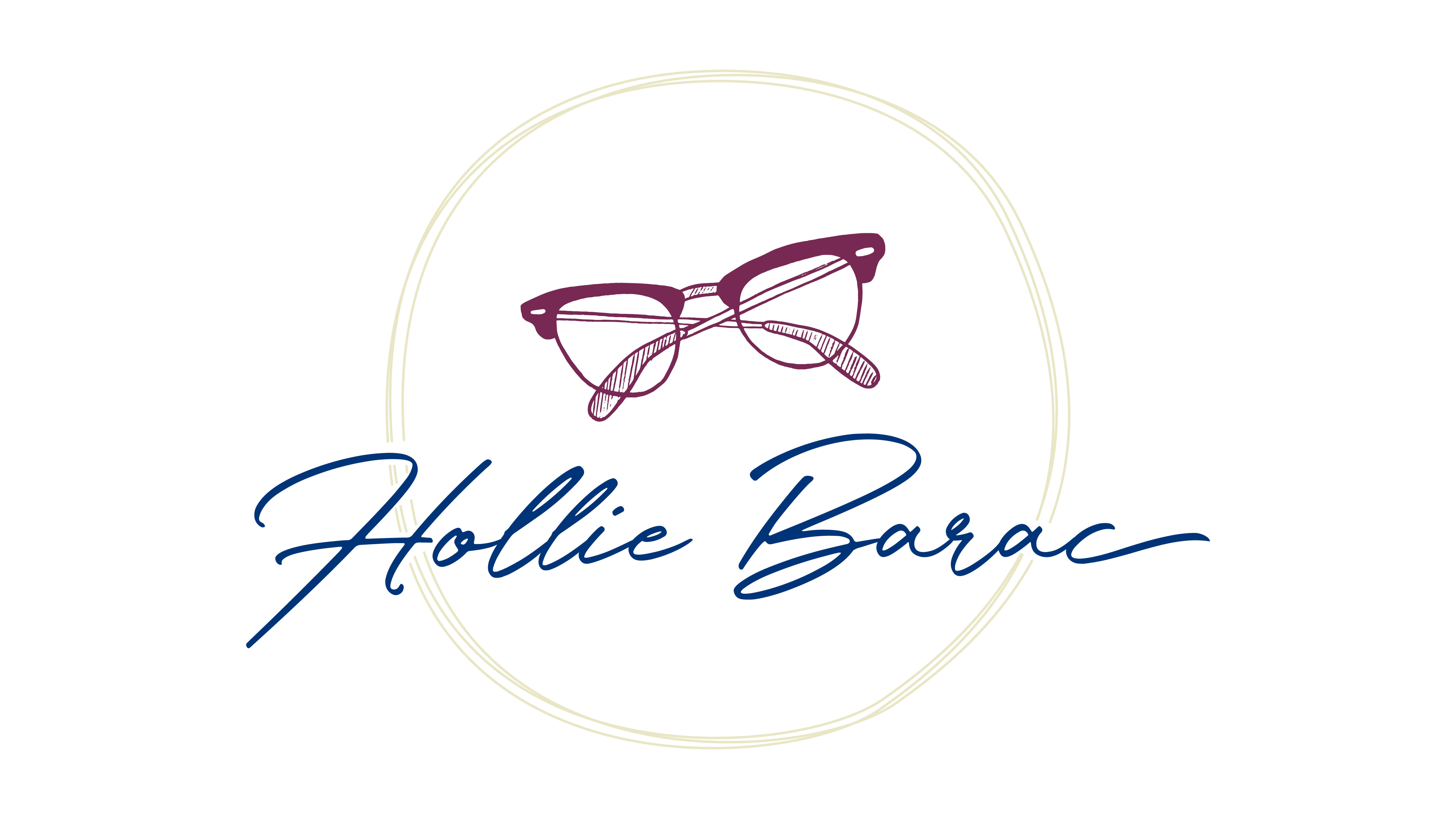Once a month, around the middle, I share a monthly End of Month reminder on Instagram. I’m always asked how I prepare, so now I’m sharing my top tips on how to prepare for end of month.
Every month, every business goes through their end of month processes.
I remember having to make sure all my billable – and non-billable – time was entered into my timesheets correctly when I was working in the corporate world.
In the retail world, it meant making sure stock on hand levels were correct.
But guess what? These processes were completed well before end of month actually happened*.
Why?
Because the finance departments needed to do all the work of preparing the monthly financial statements.
And that is the perfect segue into the meat of this post.
What are financial statements?
Financial statements are pivotal in any business. They provide data imperative for decision making, assist in avoiding expensive mistakes, and help you be prepared for tax time – whether that’s the end of the financial year, your IAS or BAS lodgement periods, and quarterly periods.
Financial statements are generated with software such as Xero, MYOB, Quickbooks, and so on and so forth. You, your bookkeeper, or your accountant can generate these statements.
What do I need to prepare a financial statement?
Good question.
To be honest, I outsource my bookkeeping. I’m good with numbers but when it comes to all the reporting I get a bit confused. Having a bookkeeper helps me immensely.
For example, I now receive monthly reports.
To get these reports, I upload my accounts payable (AP, invoices that I pay – my business expenses) to the document software paired with Xero and Lisa, my bookkeeper, does it all for me.
My invoices are now issued directly from Xero.
Lisa reconciles my accounts daily (I think? I don’t know. I just know she does her job wonderfully and I don’t have to worry about it!).
Before Lisa, I entered everything manually into a spreadsheet. Well, two spreadsheets actually.
The first spreadsheet tracked my business expenses, my AP.
Columns were for each month of the year, plus an extra column for yearly totals.
Rows were for different expense categories, plus an extra row for monthly and yearly totals.
Each cell consisted of a basic formula – =sum(56+96+456+12) – where the formula calculates the total dollar amount for the expense category in that month.

The bottom row, the one that totalled the monthly expenditure, consisted of another basic formula – =sum(b1:b34) – where b1:34 represents the range of cells you want to calculate.
The final cell in the chart showed my overall yearly expenses.
The second spreadsheet tracked invoices issued by me, my AR.
Rows were for services rendered, and fees associated with each service.
Columns, like the AP sheet, were for the months.
Both sheets were colour-coded for each financial quarter of the year.

I cross-referenced everything against my bank accounts. And that was it.
I didn’t have a monthly report.
And that is totally okay.
You don’t need fancy software to begin.
You do need to be tracking your money though. Incoming and outgoing. Otherwise, who knows how you’re going?
What’s the difference between Accounts Payable and Accounts Receivable?
The easiest way I can explain it – as a non-financey person who has worked many years in banking, accounting, and finance institutions – is:
Accounts Payable (AP) = money you owe
Accounts Receivable (AR) = money owed to you
Accounts Payable, put simply, is money you owe to your suppliers and contractors.
Your regular business expenses.
Email subscriptions, stock purchases, memberships, rent, utilities, and so on and so forth.
Accounts Receivable is an asset to your business, with the asset being money.
Xero defines Accounts Receivable as:
“Accounts receivable is the money you’re owed by customers. Once you send an invoice (or bill), it becomes part of your accounts receivable – until it’s paid.”
You might also know Accounts Receivable as Debtors. You may have even heard the term Aged Debtors.
Aged Debtors aren’t good for your business. Aged Debtors are people that owe you money beyond the terms of your invoice.
For example, you invoice Jo Bloggs on the 31st of the month. Your terms are seven days. Jo doesn’t pay you in seven days. On the eighth day, Jo’s invoice is aged one day. On the 21st day, the invoice is aged 14 days. And so on and so forth.
To find out more about Accounts Payable, in easy to understand language, visit https://www.xero.com/au/resources/accounting-glossary/s/what-is-accounts-payable/
To find out more about Accounts Receivable, in easy to understand language, visit https://www.xero.com/au/resources/small-business-guides/invoicing/what-is-accounts-receivable/
Okay, cool, but how do I know what I need to have ready for the end of month?
Before I proceed further, I just want you to know that this is how I roll for end of month. It’s not a my way or the highway kind of thing. You need to do what’s right for you and your business.
In the middle of each month, I share an end of month reminder on Instagram.
I share it in the middle of the month to remind people to start preparing.
To start entering their AP and chasing up outstanding AR if they haven’t done so already.
To make sure billable time is accounted for to date.
To make sure SOH/inventory (i.e. not just products you sell but your consumables too) levels are correct.
Checking your employees’ time (because that’s an expense/AP for you).
And why do I do this?
Because no-one wants to spend a million hours chasing up all the things at tax time. Been there, done that. No joke.

I don’t have time to do all this stuff. I’ll just leave it for tax time.
Bzzt. Wrong answer my friend.
This is your business we’re talking about.
Your livelihood.
You need to make time.
No-one wants to send anyone to a debt collector, or to owe money to the tax man.
Making sure your financials are in check is a crucial part of your business activities. In fact, I’d probably schedule it in your week before anything else.
I stash any paper receipts I get in a tub on my desk. Once a week, I go through them, snap a pic, and upload to HubDoc.
Electronic invoices are left unread or forwarded to HubDoc on receipt.
Invoices are either done on the spot or once a month, depending on the work.
I’m not perfect though. Sometimes I get a reminder from Lisa at end of month processing to send things through because my records don’t reconcile. That’s the beauty of having a bookkeeper.
If you’re struggling with managing your time, go and have a read of this post all about time blocking. And while you’re at it, grab your free time blocking worksheet and start scheduling in time for your finances and end of month procedures.
You don’t have to enter receipts or invoice clients/customers daily. If that’s how you want to do it, that’s awesome! You’ll definitely be on top of it all.
At a minimum though, you should be spending time on your finances once a week.
But how do I do it all? What if I want to outsource?
If numbers freak you out, or you know you are ready to own your numbers, go and visit my friend Rose at Biz Mama Books. Rose’s favourite thing is teaching women to love numbers in and for their business.
Rose also wrote a blog post for you while I was having a brilliant time in Airlie Beach and Brisbane in August 2019.
If doing it all yourself really doesn’t appeal to you, I’ve got two fabulous women in my back pocket:
- Lisa from Accounted for You
- Zoe from The Numbers Hub
I love Lisa (she’s my bookkeeper, I mentioned her before), and Zoe too (she’s one of my Social Method Society sisters, as is Rose).
Everything’s accounted for. Boom.
With a little bit of planning and a little bit of action, your end of month procedure will become second nature, just like the rest of your business activities.
The key is to be prepared, to know your time, and to follow through with keeping your records up to date.
* Except for that first time I did my timesheets in my first job out of school.
I was almost in tears when the APS Administrator was breathing down my neck – truly, she was yelling at me – because I hadn’t done them for two or three months, possibly even longer. Not because I didn’t fancy doing them, but because no-one had actually shown me how to enter my time. I didn’t even know the software existed.
She backed off but never actually apologised.
Why I do what I do
Have you ever sat down and really thought about why it is that you do what you do? Have you thought about whether or not it lights your soul on fire? Does your job or business allow you to live the life you want, or is at least building to help you get the life you...
Simple self-care and mindset rituals
Women, mothers in particular, have this uncanny knack of forgetting how important they are to those around them. Self-care is a great way to keep your cup full and be there for those who need you most. Jacque Bruggemann shares her self-care journey and tips to help you with yours.
The importance of personal brand photography
You are your brand. People love seeing the face behind the brand. Katinka Kernutt from Katinka Kernutt discusses and shares some insight about the importance of personal brand photography.



